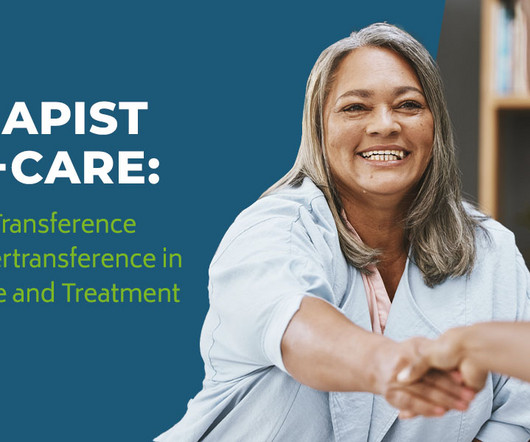AR/VR in Healthcare: Why Collaboration is its Most Important Use
HIT Consultant
APRIL 30, 2024
As these technologies become more commonplace, they invite new opportunities for medical professionals to integrate them into clinical practices and workflows.—AR However, to successfully implement AR/VR in medicine, healthcare providers must ensure seamless integration and optimal performance.











Let's personalize your content